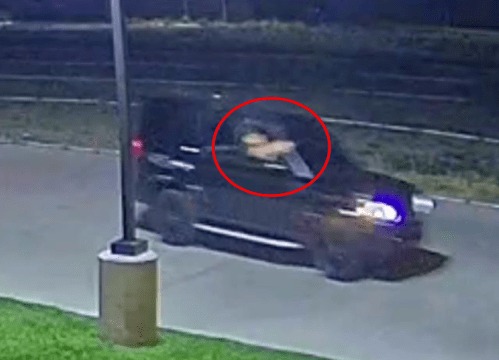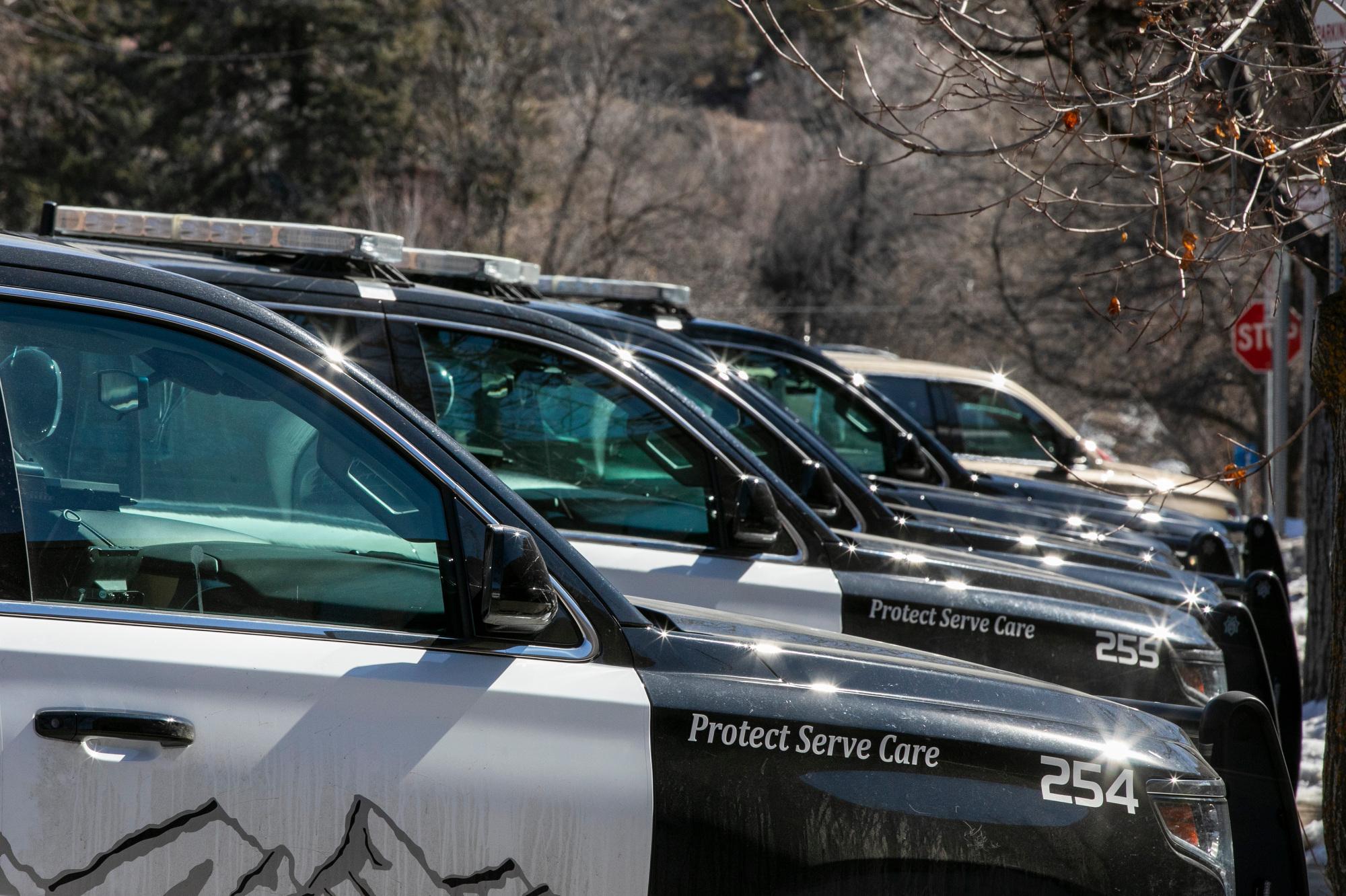
A Colorado Springs woman kept a fox as a pet for at least two years — pictures on her Instagram account showed the fox wearing a collar and eating human snacks.
And last week, Colorado Parks and Wildlife seized and euthanized the fox.
This didn’t sit well with a lot of people. Some wondered whether CPW attempted to place the fox with a facility like Cheyenne Mountain Zoo, Denver Zoo or another facility instead of euthanizing it. And at least one person asked CPR News if CPW could educate the woman on how to care for a fox, vaccinate it and let him live in captivity.
The CPW said they had to put the fox down because it could not survive on its own if released back into the wild. And the agency doesn’t typically work with sanctuaries when a wild animal is discovered in captivity.
“We do not allow Colorado wildlife to be taken and then be put into sanctuaries,” public information officer Bill Vogrin said. “We send wildlife that people bring in, baby animals, to rehabilitation centers where they can be raised until they’re old enough to fend for themselves.”
Vogrin said he worries if that was typical protocol, it would only incentivize people to take more animals.
“Imagine where that would leave [us] if everybody decided they’re going to pick up wildlife, knowing that eventually it will go to a zoo or something like that. So no, we typically don’t do that,” he said.
Foxes can have diseases like rabies — and the fox that the officers euthanized had not been treated for rabies. Vogrin said the only way to be sure that the fox wasn’t carrying diseases is to euthanize it and study the brain tissue.
“Our first priority is human health and safety,” he said. “So we had no choice but to euthanize it and send it to our lab for testing.”
The agency doesn’t keep raw data on how often wildlife officers have to remove wildlife from people who keep them illegally, but Vogrin said he thinks it’s because more people are moving to Colorado who are not familiar with the wildlife.
“We conduct public awareness campaigns every spring when there are new babies on the landscape,” he said. “People unfortunately pick them up because they think they’re helping. It’s a growing problem for us.”
Last year, a different Colorado Springs woman picked up a bobcat and put it in her minivan with a child in the vehicle.
The woman found the bobcat after it had been hit by a car at a busy intersection and put it in the back of her car before calling officials. The bobcat also had to be euthanized because it was paralyzed and had internal injuries from being struck.
Officials warned people immediately after the incident that it could have been a tragedy and said that no one should ever pick up wildlife.
“Wildlife are not pets,” Vogrin said.








